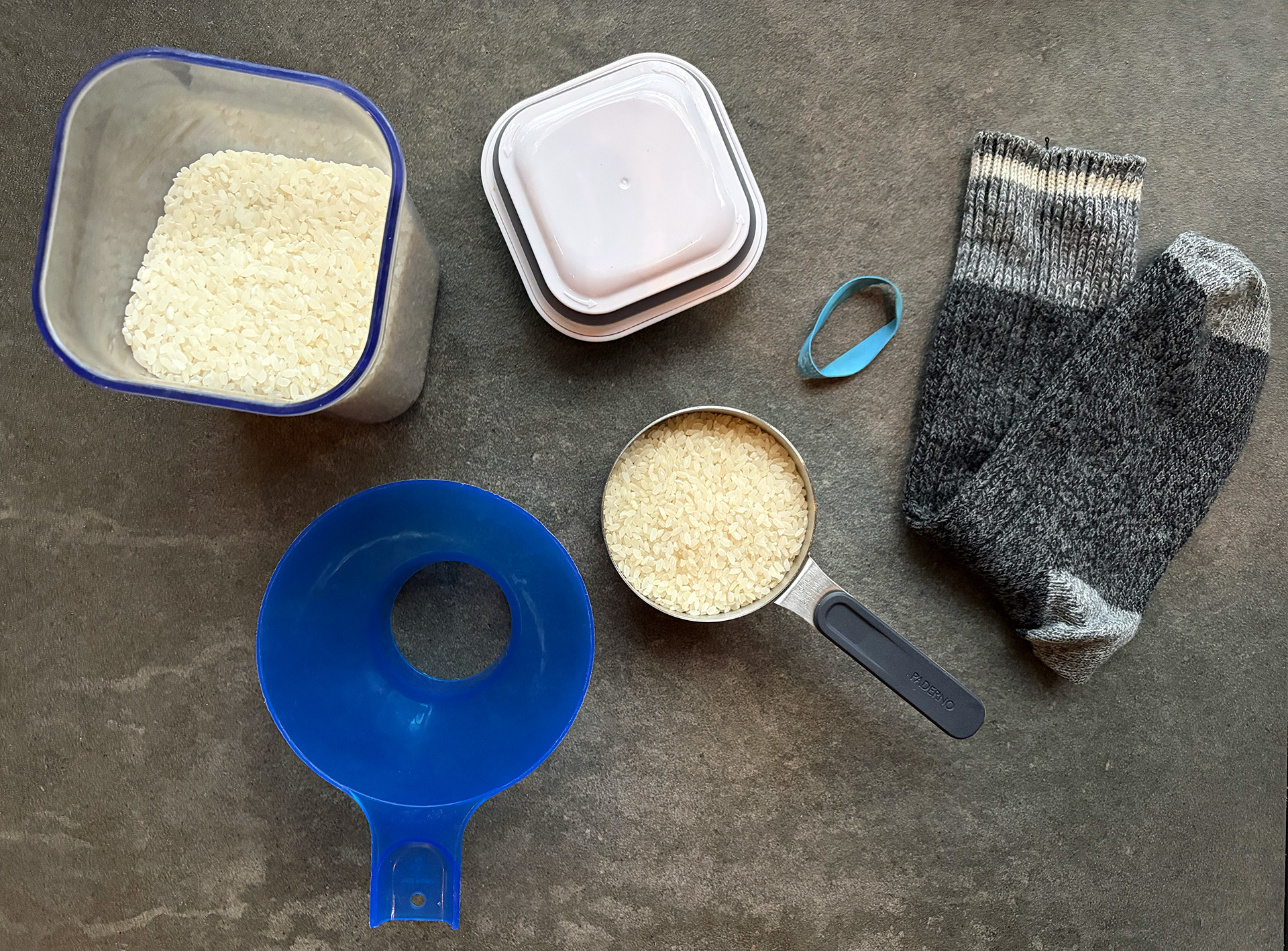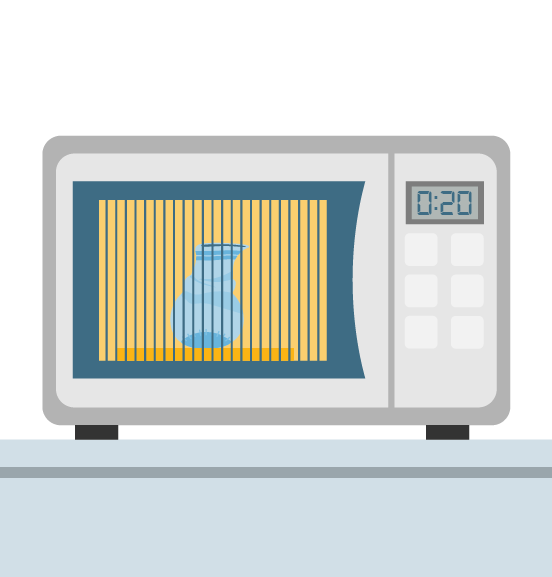September 8, 2025
5 minutes
Rob Hyams
September 8, 2025
8 minutes

Having a diabetic dog can be costly. So it’s good news to come across a simple, no-cost solution to an important part of their care.
If you’ve ever had to conduct a blood glucose test on your dog, you know that in the beginning it can be tricky. It was the only time in my life I wished I had a third arm as two just didn’t seem enough to hold the dog still, find the vein and gather the blood.
No one wants to poke their dog multiple times to draw a drop of blood for a blood glucose test. It’s hard on your pet and can lead to scarring if the same spot is used over and over.
It helps to warm the test area as that draws the blood to the surface. This is where the rice sock comes in handy.
A rice sock is what it sounds like; it’s an everyday sock that has the toe area filled with rice and bound closed. You microwave it for about 25 seconds and then hold it against the area where you plan to draw blood.
We test Parker’s blood glucose on the inside of his ears. There’s almost no fur so we can see when his skin is warm and it’s easy to see the droplet of blood to draw into the test strip on his blood glucose monitor.
Synthetic fabrics like polyester, nylon, or spandex blends — these can melt or catch fire in the microwave.
Socks with metallic threads or logos — even small amounts of metal – can spark and be dangerous.
Use plain white or light-colored socks to avoid dyes that could heat unevenly or cause staining.
Make sure the rice sock is not too tightly packed so it stays flexible and molds easily to the dog’s ear.
Always test the heat on your own skin before applying it to your dog to avoid burns.

Making a rice sock is a simple, inexpensive way to make blood glucose testing more comfortable for your diabetic dog. It’s a small step, but it can make a big difference in building a calm, consistent testing routine and strengthening the bond between you and your diabetic dog during their care.

We’re a couple of pet owners who’ve learned firsthand what it takes to care for a diabetic dog. When our own dog, Parker, was diagnosed, we were overwhelmed, so we built this site to make things a little clearer for others starting out. Everything here is designed to help you understand, plan, and feel more confident managing your dog’s diabetes.
September 8, 2025
5 minutes